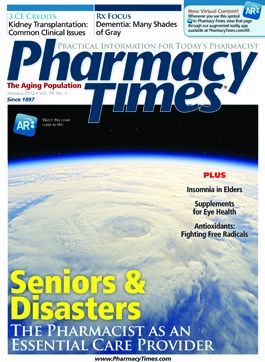Publication
Article
Pharmacy Times
Generic Drug Labels Frequently Differ from Branded Equivalents
More than two-thirds of generic medications have safety-warning labels that differ from their branded equivalents, according to the results of a study published online on October 8, 2012, in Pharmacoepidemiology and Drug Safety. These results are particularly striking given that the FDA requires that generic medication labels be identical to their branded equivalents.
The researchers reviewed 9105 product labels for 1540 drugs on an online storehouse of labeling information, of which 1040 drugs had more than 1 manufacturer represented. Of these, 68% had discrepancies in the adverse drug reactions (ADRs) listed on the generic label compared with the branded equivalent label. The mean deviation in the number of ADRs listed was 4.4 and the median was 0.8, indicating that most labels had relatively minor differences and a small number of labels had significant variation. Indeed, 9% of the labels had differences of more than 10 potential side effects. Common causes of the inconsistencies included missing tables, missing or incomplete post-marketing reports, and formatting issues.
In general, the researchers note, branded labels have the widest range of adverse effect information because they are updated before generic equivalents and because they tend to be approved for the broadest range of indications. The FDA requires generic manufacturers to update labeling within 30 days to reflect new changes, but the researchers note that this may not always be feasible.







